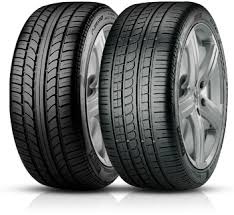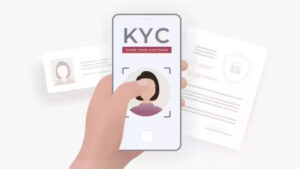Last updated on January 26, 2017
To keep tyres in good condition is essential part of overall vehicle maintenance because it’s illegal as well as dangerous to drive with deteriorated wheels. There’re many different things worth considering with maintenance of car tyre. Check out a few tips to hit the road confidently and safely.
1. Rotation
We all know tyres move from one position to another thus ensuring a balanced wear and tear over time. Most of the vehicle’s weight is exerted on front wheels which is the reason they wear quicker than the rear tyres.
Rotation actually extends longevity of the car tyre. Although, recommendations of each vehicle manufacturer are different, most advice rotation of 8,000 to 10,000 kilometers approximately! Common types of rotations are;
- Cross rotation
- 4-wheel drive (4WD)
- 5 type rotation and,
- Straight rotation
2. Tyre pressure
Tyre pressure is another crucial factor. Properly inflated tyres prevent damage and keep the car balanced by reducing possibility of rampant spinning. Meanwhile, less pressure increases fuel consumption so you should always check tyre pressure at-least every month especially after setting a long journey.
Car tyre shouldn’t be hot during check as it can contradict against the recommended measuring unit. Read the user manual or door label to find the appropriate tyre pressure. Remember, it won’t be written on the wheel itself so better consult vehicle or tyre manufacturer.
3. Tread depth
Yet another important factor is the tyre tread depth as it helps removing water from between the tyre and the road, thus ensuring smooth and safe drive without any risk of aquaplaning. Driving on uneven surface or off-road terrain accelerates wearing of the tyre. This is the reason tyre designs are different based on the driving practices like high and low speed, rapid braking mechanism and more.
Range or rate of tread depth also vary from a state to another but commonly lie somewhere between 1.5 and 1.6mm. In case you’re unsure, check state government’s transport department. “Tread depth” actually measures the depth of the face tread that’s in contact with the road. You can easily notice this through the tread wear indicator.
4. Wheel alignment
Proper alignment of the axles and the wheels is referred to as wheel alignmentensuring that your car’s perfectly balanced on the road thereby increasing safety as well as car tyre longevity. Further, is protects the suspension and bearings, prevents premature wear and tear as well as reduces vibration.
5. Repair & replacement
In case you’re at a doubt over road worthiness of the wheels, take them to a specialist for immediate inspection. An expert would conduct a thorough check of the tyre inside out in compliance with the essential procedures of repairing, reassembling and disassembling. Remember, this procedure requires expert insight and thus mustn’t be performed without proper supervision.
Conclusion
No matter how carefully you look after the tyres, there’s always a time when replacement is critical. Various factors are considered including total mileage, driving style, climate and vehicle’s storage (parking) factors.


















Be First to Comment